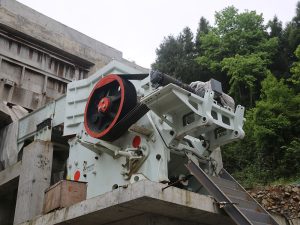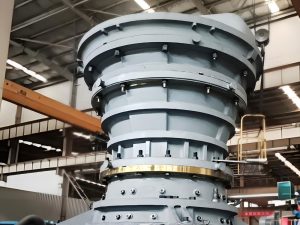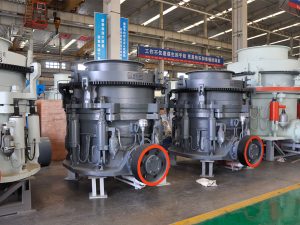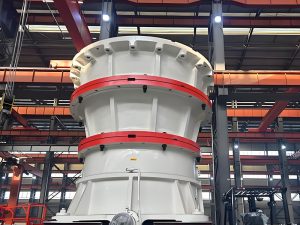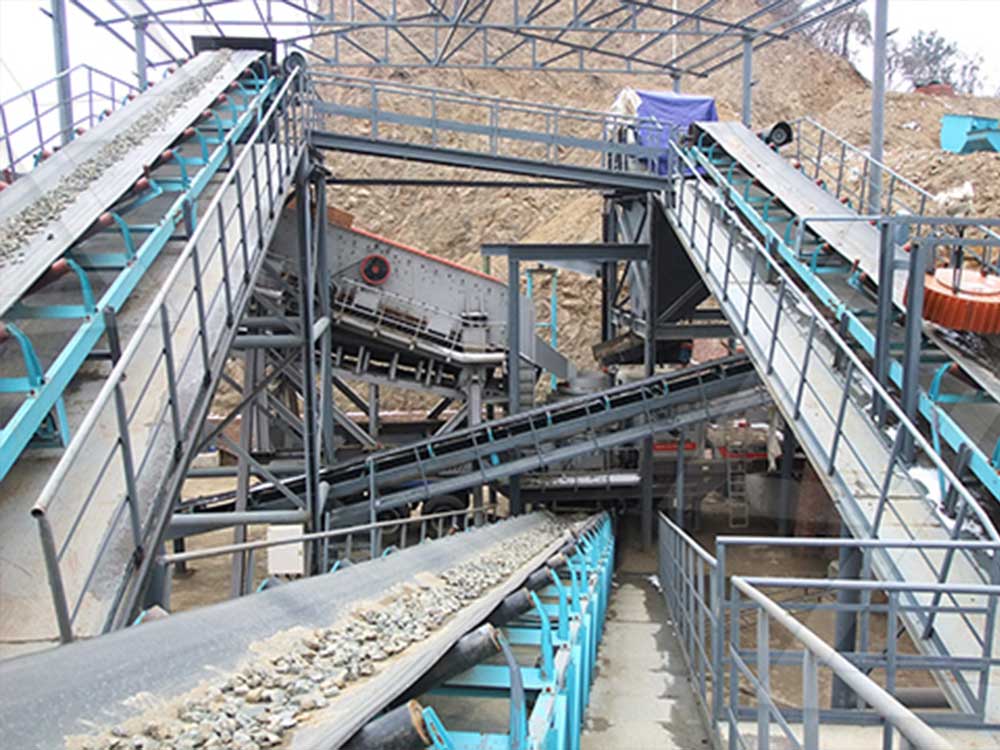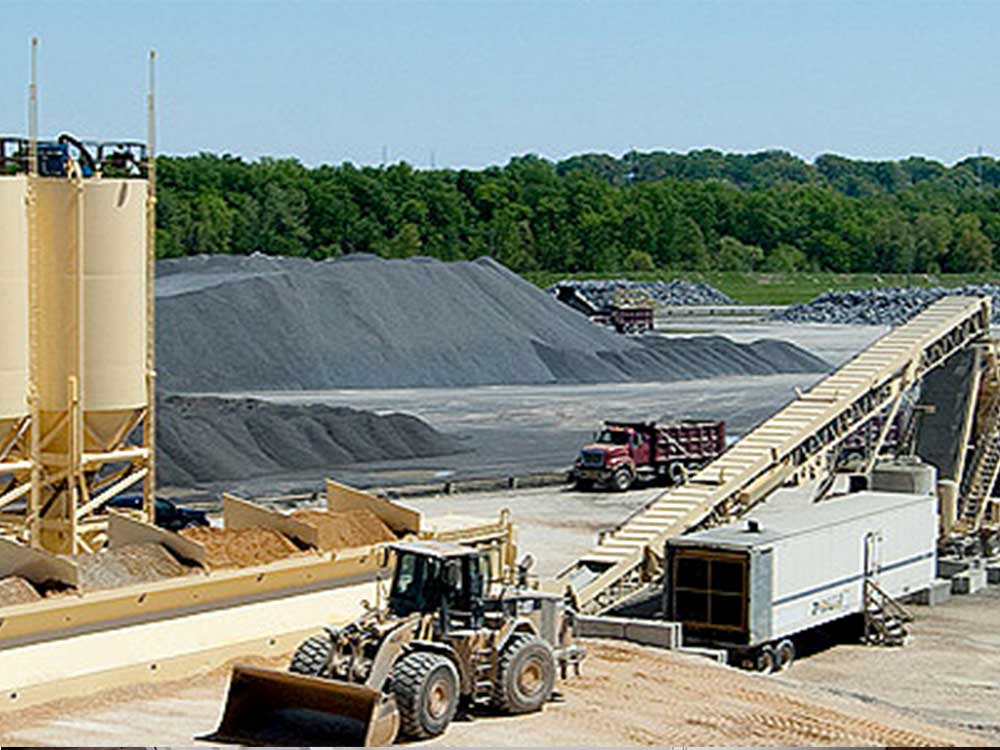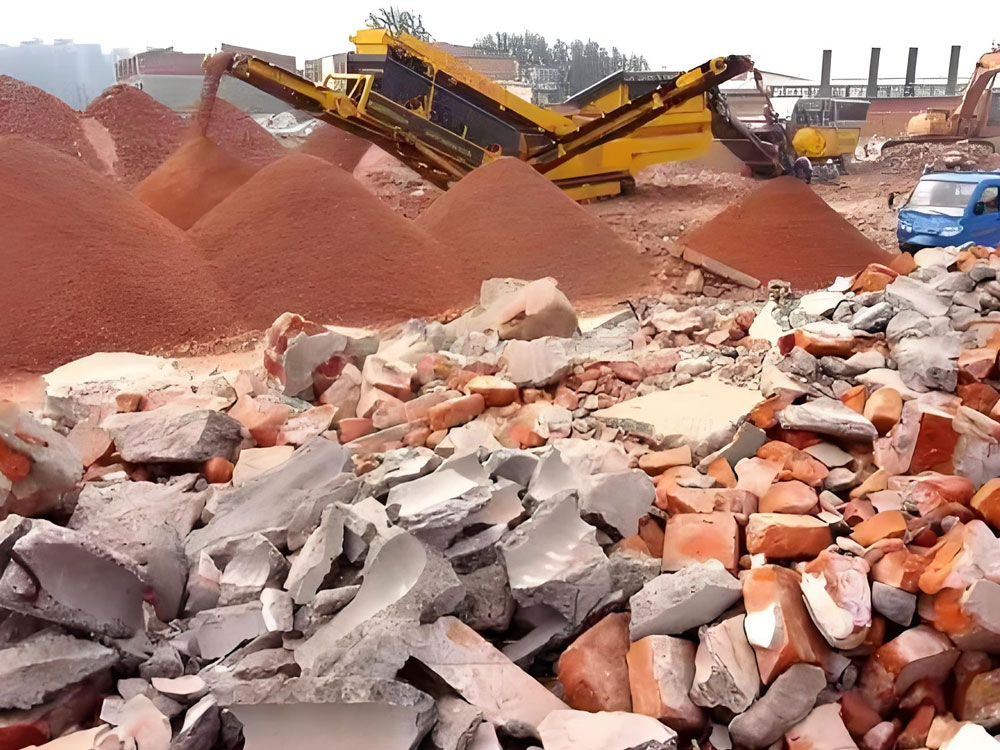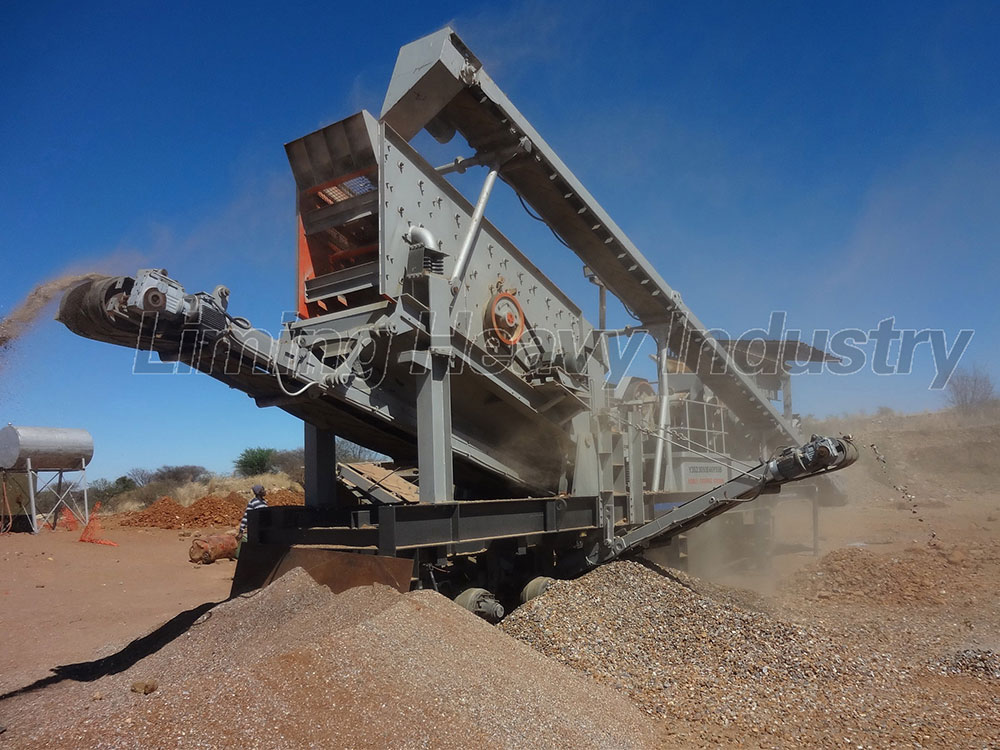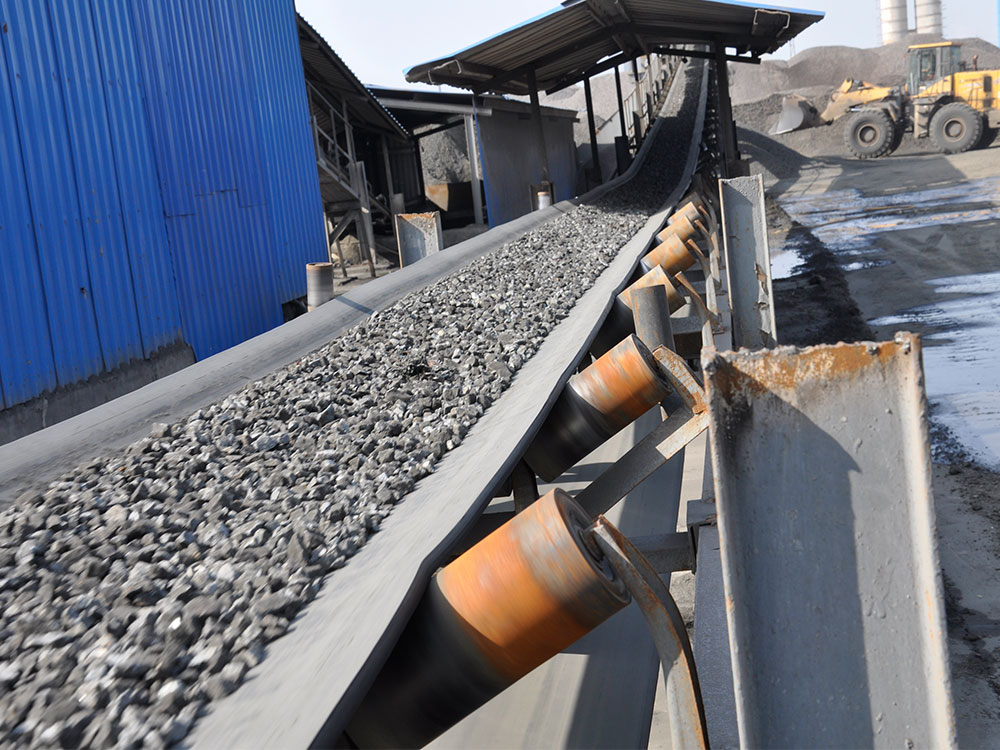Iron ore processing is a critical step in transforming raw mineral deposits into high-quality materials for industries like steel production, construction, and manufacturing. This article provides a comprehensive guide to iron ore processing technology from coarse crushing to other processes, covering its working principles, applications, technical specifications, and benefits. Designed for engineers, mining professionals, and industry stakeholders, this guide emphasizes SEO-friendly content while maintaining keyword density close to 5%.
The journey of iron ore from mine to market involves multiple stages of refinement. Modern iron ore processing technology from coarse crushing to other processes ensures maximum efficiency, minimal waste, and optimal resource utilization. This technology integrates advanced machinery, automation, and sustainable practices to meet global demand for iron-based products.
Working Principles of Iron Ore Processing Technology
1. Coarse Crushing: The First Step in Iron Ore Processing
The iron ore processing from coarse crushing begins with primary crushing using jaw crushers or gyratory crushers. These machines reduce large ore chunks (up to 1.5 meters in diameter) into smaller fragments (approx. 150–250 mm). Key features include:
- High throughput capacity: Processes up to 14,000 tons per hour.
- Durability: Constructed with manganese steel to withstand abrasive ore.
- Adjustable settings: Allows customization for varying ore hardness.
This stage is vital for downstream processes, ensuring uniformity in particle size.
2. Secondary and Tertiary Crushing
After coarse crushing, smaller crushers (cone crushers or impact crushers) further reduce ore to 20–50 mm. These stages enhance liberation of iron-bearing minerals from gangue (waste rock).
3. Grinding and Beneficiation
Ball mills and vertical roller mills grind crushed ore into fine powders (45–100 microns). Magnetic separation, flotation, or gravity separation then extract high-grade iron concentrate (>65% Fe).
4. Pelletizing and Agglomeration
Processed concentrate is pelletized for blast furnace use, improving combustion efficiency and reducing emissions.
Applications of Advanced Iron Ore Processing Technology
The iron ore processing technology from coarse crushing to other processes serves diverse industries:
1. Steel Manufacturing: Produces raw material for pig iron and steel.
2. Cement Production: Iron-rich slag is used as a cement additive.
3. Chemical Industry: Magnetite serves as a catalyst.
4. Infrastructure Development: Processed ore strengthens concrete and alloys.
Technical Parameters of Iron Ore Processing Equipment
Below are specifications for key components in iron ore processing technology from coarse crushing to final stages:
Equipment Function Key Parameters
Jaw Crusher Coarse crushing Capacity: 1,000–14,000 t/h; Motor Power: 75–450 kW
Cone Crusher Secondary crushing Output Size: 20–50 mm; Throughput: 500–3,500 t/h
Ball Mill Grinding Feed Size: ≤25 mm; Rotation Speed: 15–30 rpm
Magnetic Separator Beneficiation Magnetic Intensity: 1,000–10,000 Gauss
Pelletizing Machine Agglomeration Production: 1–5 million tons/year
Advantages of Modern Iron Ore Processing Technology
1. Energy Efficiency: Advanced automation reduces power consumption by 20–30%.
2. Environmental Compliance: Dust suppression systems and water recycling minimize ecological impact.
3. Scalability: Modular designs adapt to small mines or large-scale operations.
4. Cost Savings: Higher recovery rates (up to 95%) lower operational expenses.
Case Study: Optimizing Iron Ore Processing in Australia
A mining company in Western Australia implemented iron ore processing technology from coarse crushing to pelletizing, achieving:
- 30% increase in concentrate grade (from 58% Fe to 67% Fe).
- 15% reduction in energy costs via smart grinding controls.
- Zero wastewater discharge through closed-loop water systems.
Future Trends in Iron Ore Processing Technology
1. AI-Driven Optimization: Machine learning predicts equipment wear and optimizes crushing parameters.
2. Hydrogen-Based Reduction: Replaces carbon-intensive blast furnaces with green hydrogen.
3. Nano-Beneficiation: Enhances mineral recovery using nanotechnology.
The iron ore processing technology from coarse crushing to other processes is the backbone of modern mining operations. By integrating robust machinery, precision beneficiation, and sustainable practices, this technology ensures high yields, cost efficiency, and environmental stewardship. As global demand for steel grows, innovations in automation and green processing will further revolutionize the industry.
Investing in advanced iron ore processing equipment not only boosts productivity but also aligns with global sustainability goals, making it a cornerstone of responsible resource management.


